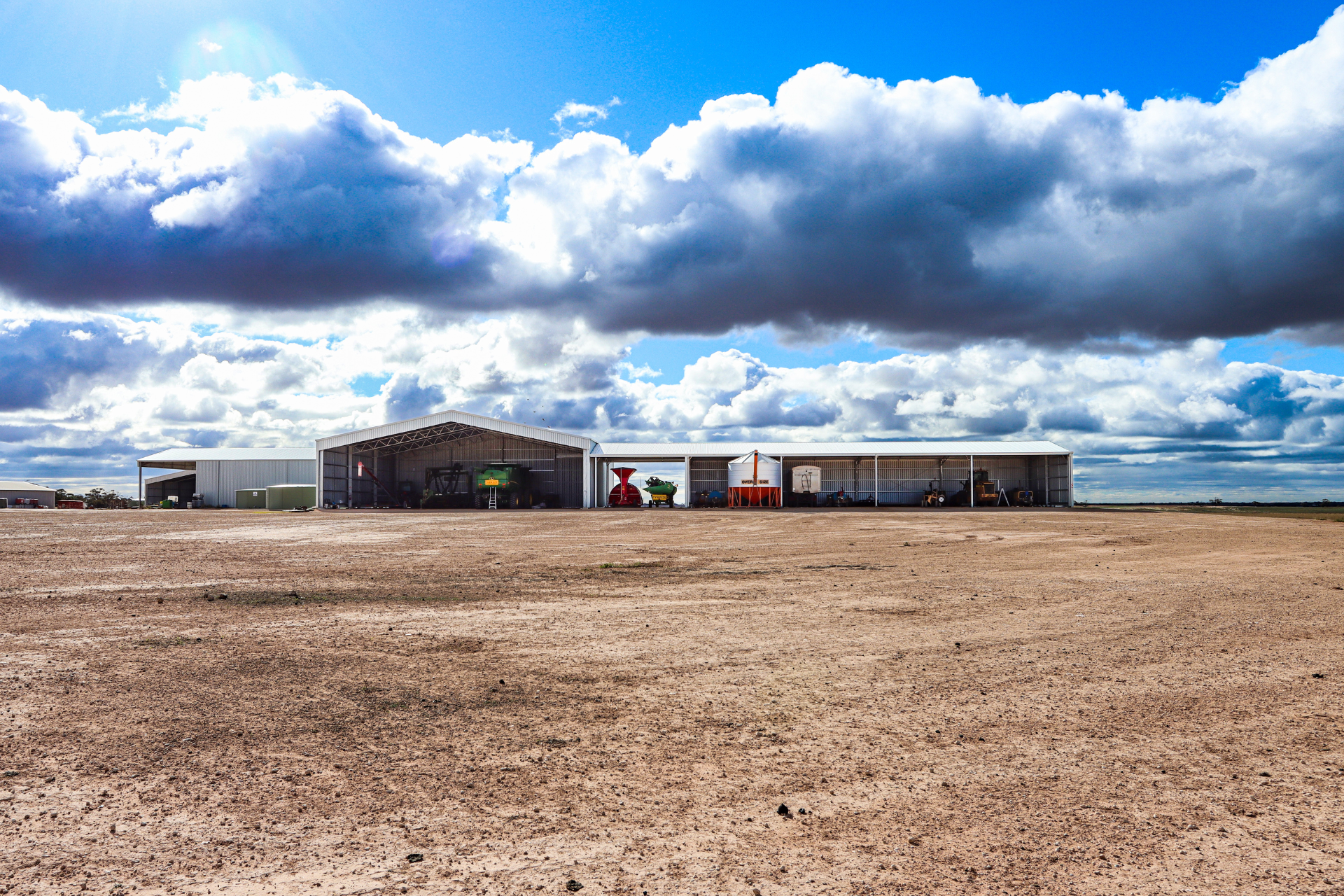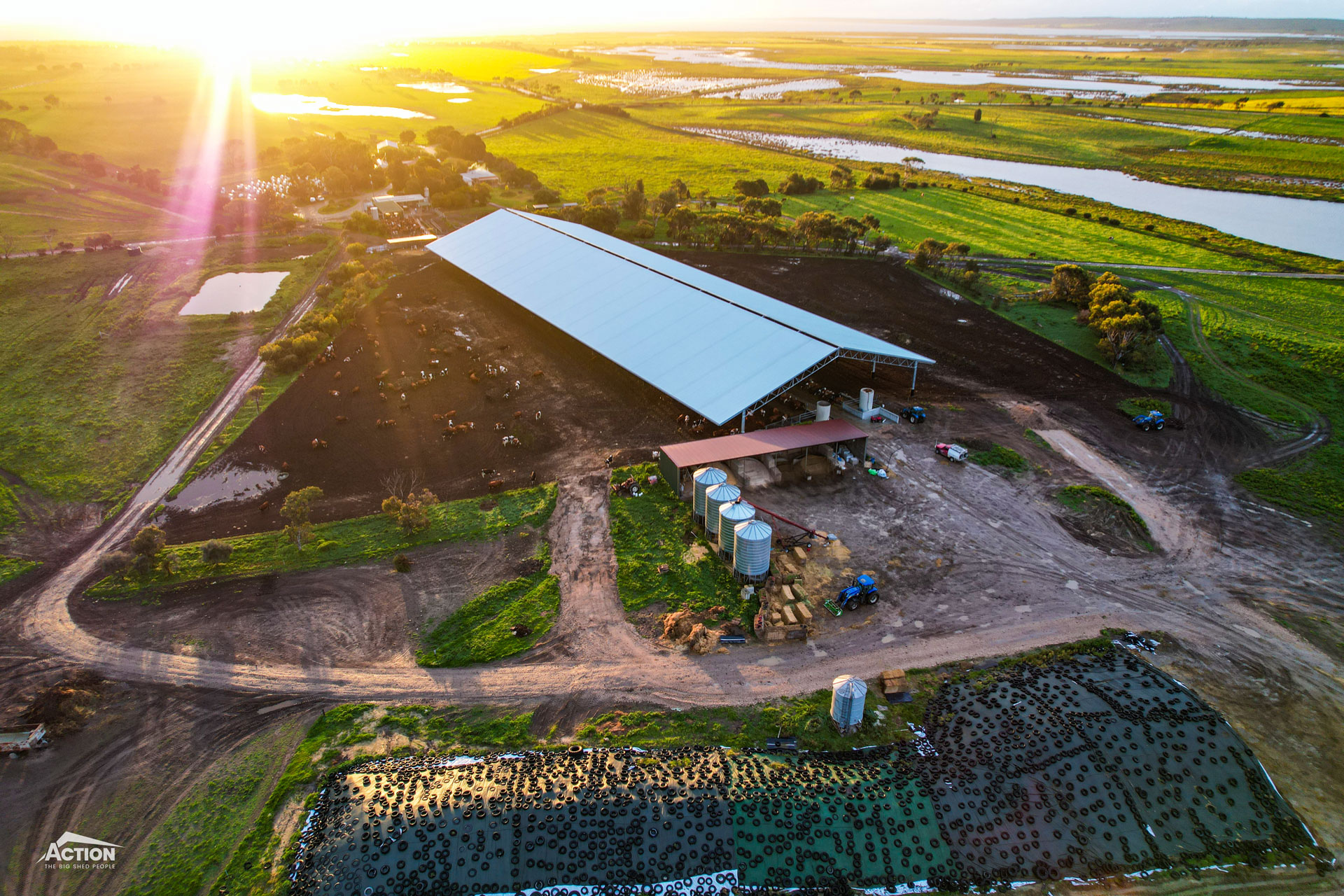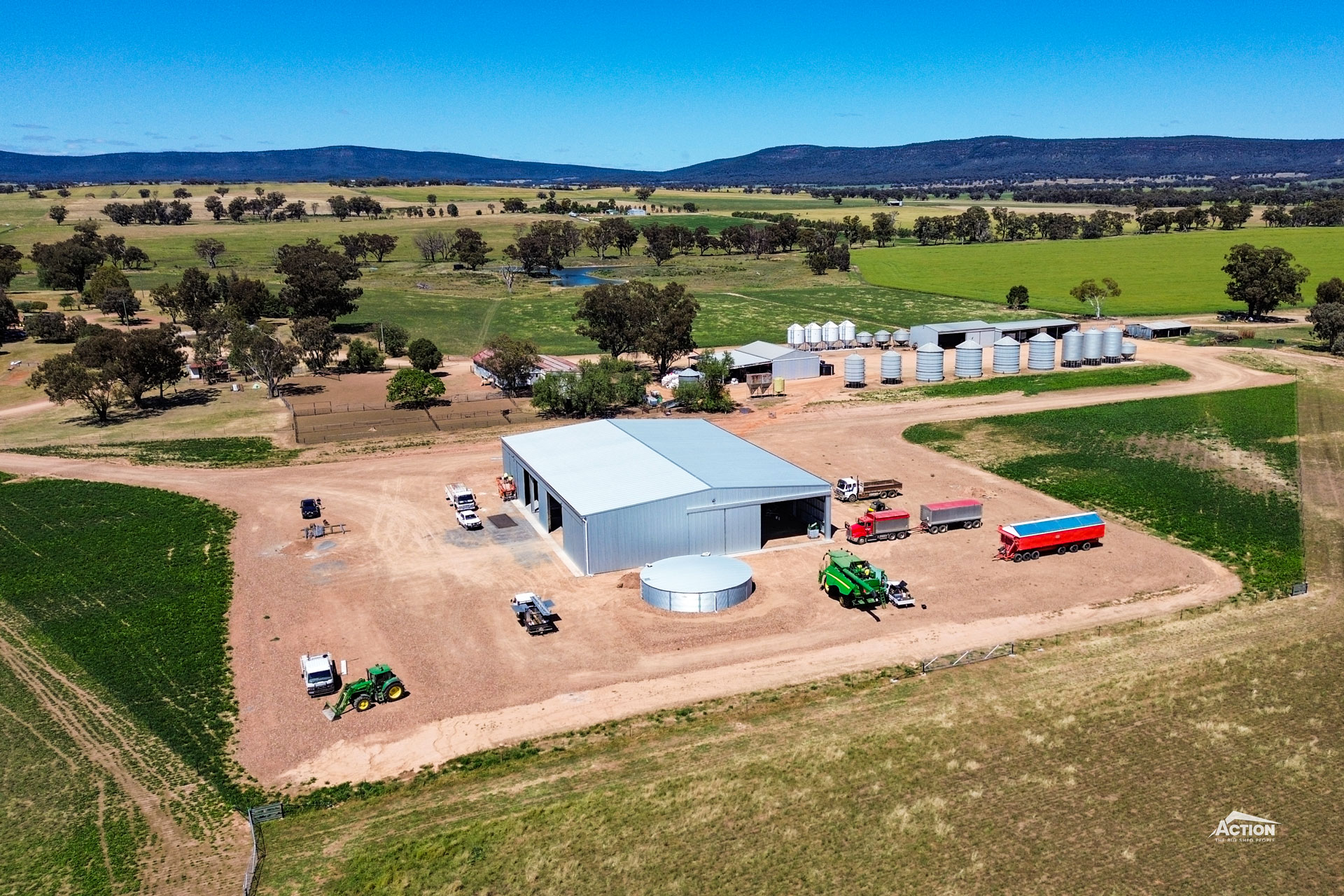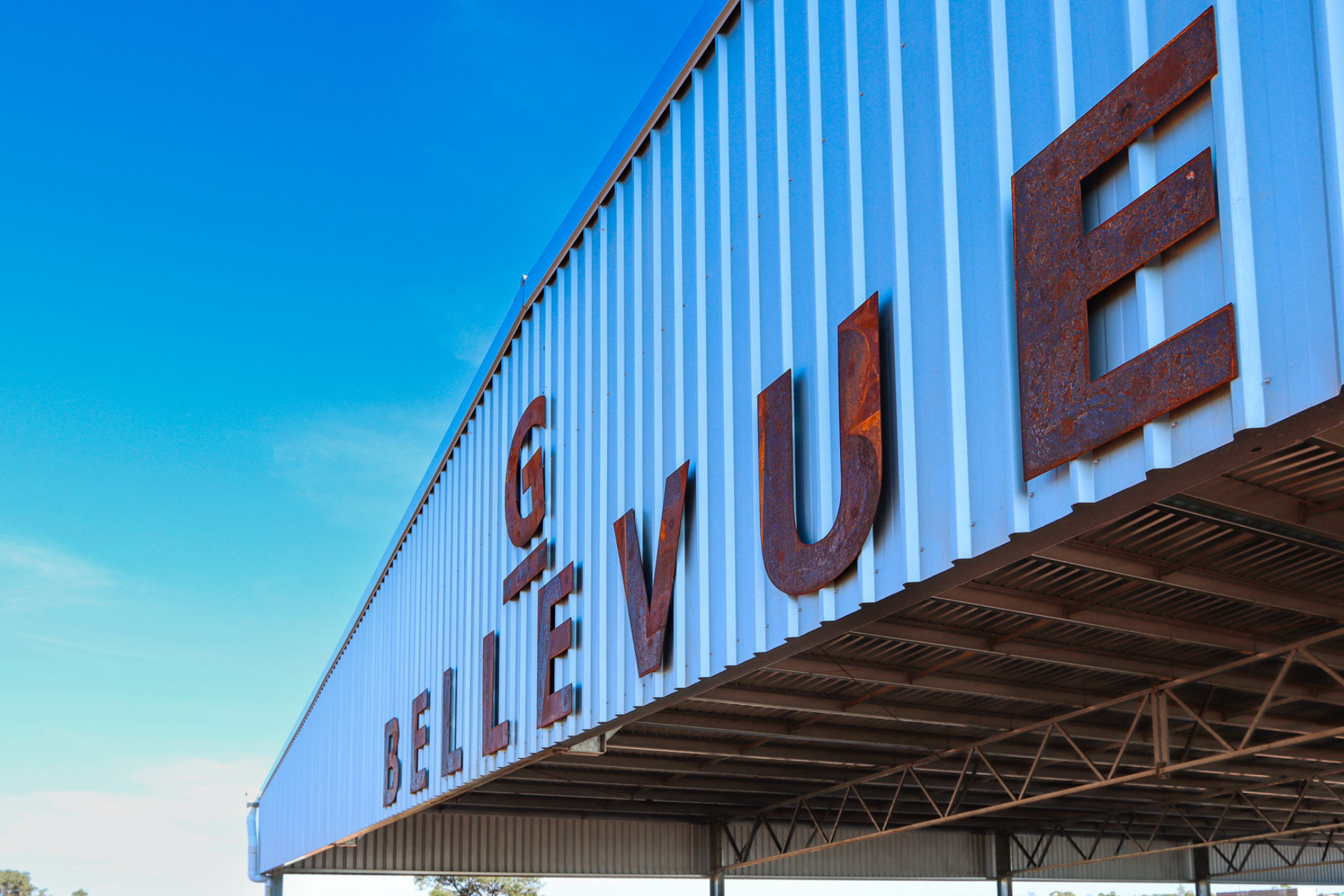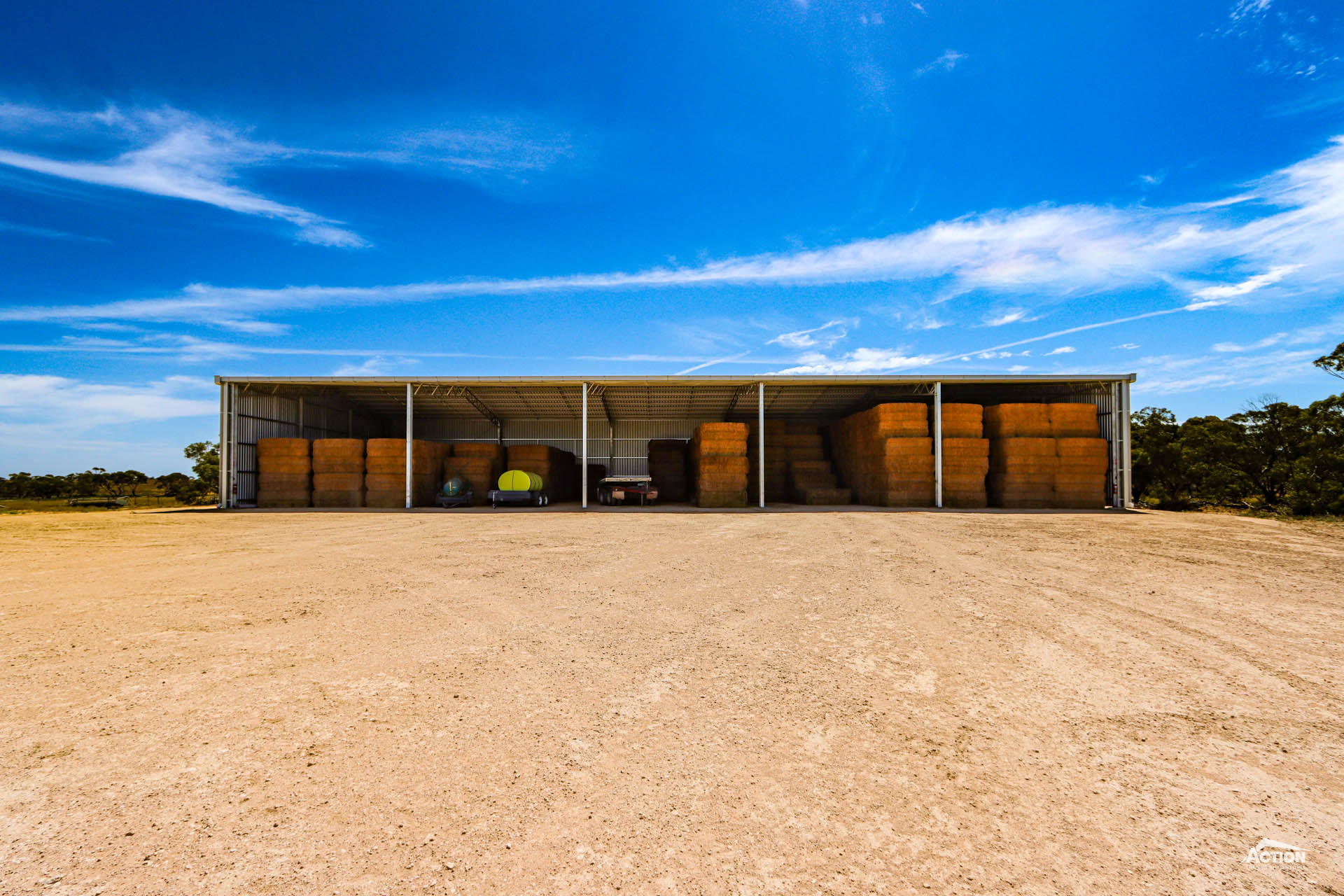Shed roof design has become a popular topic as more options become available.
If you have been researching designs for your project you have likely come across many of these, such as the steep barn-style design, curved shed roof options and the standard straight gable farm shed design.
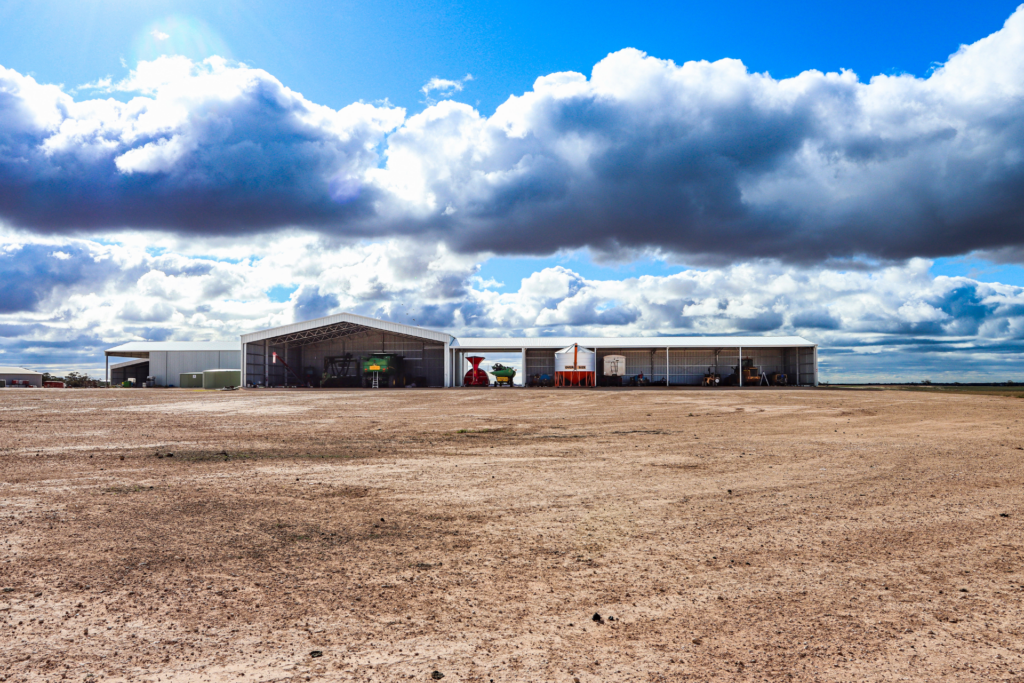
The American barn-style design is typically suited to lifestyle properties or equestrian facilities that want to create a certain atmosphere or visual appeal.
However, the other designs are all options for farm shed infrastructure projects such as feedlot covers, yard covers and modern dairy barns.
So, which is best? Which shed roof design should you choose for your project?
In recent years there has been a lot of hype around curved roof designs. But do they live up to the hype? What is the advantage?
In this article, we look at the advantages and disadvantages of the different curved roof options and the standard gable roof design.
First up, let’s look at the curved “convex” shed roof design.
Curved “Convex” Shed Roof Design
As the name suggests this curved design follows a convex arc from the eaves to the shed ridge.
This design has been used for covered sheep yards, livestock sale facilities and for general storage sheds.
So, why build a shed with this design?
Advantages Of A Curved “Convex” Shed Roof Design
The primary advantage of a shed roof with a convex curve is that some people find the design more visually appealing.
Disadvantages Of A Curved “Convex” Shed Roof Design
There are several potential disadvantages of building a convex curved shed roof. These include:
- It is usually more expensive than a standard straight gable roof design. This is because it is more labour-intensive during manufacturing and installation. It becomes particularly cost-prohibitive on non-standard spans.
- The design most likely won’t match in with the rooflines of the existing farm shed infrastructure.
- This design provides poor airflow and temperature reduction as the warm air rises to the ridge and is redirected by the curve to recirculate through the cover. This makes the design a poor fit for projects like yard covers and feedlot covers, where animal comfort and performance is a priority.
- The roofline is not suited to farm shed projects such as grain sheds where a steep pitch is required.
Next, we discuss the curved “concave” shed roof design, which is essentially the opposite of the “convex” curved design.
Curved “Concave” Shed Roof Design
But should you consider this design for your project?
Let’s weigh up the pros and cons of the design to help you make your decision.
Advantages Of A Curved “Concave” Shed Roof Design
Like the convex curve roof design, the main selling point of this option is the aesthetic.
This design appeals to those looking for futuristic or non-traditional designs.
Disadvantages of A Curved “Concave” Shed Roof Design
There are a number of disadvantages to consider with this curved roof design:
- It will be more expensive than the traditional straight gable roof shed design. This is because each stage such as manufacturing and hot-dip galvanising is more labour-intensive.
- Installation teams also find this design more time-consuming to erect. This can increase installation costs.
- The roofline doesn’t match in with the straight lines of the existing farm shed infrastructure.
- The roofline is not suited to farm shed projects such as grain sheds, hay sheds or machinery sheds as it impedes clearance.
- This design can be dysfunctional if you are considering installing solar panels on your shed roof.
While certainly being a unique design that doesn’t necessarily provide greater operational benefits or cutting-edge results. For example, results from recent computational fluid dynamics modelling for air flow show that the curved design provides equivalent ventilation and heat dissipation to the standard straight gable design.
Now that we have considered the advantages and disadvantages of curved shed roof designs, let’s review the standard straight gable roof design. You will already be familiar with this design.
Straight Gable Roof Shed Design
The straight gable roof design is a traditional shed roof design that follows a straight line from the eave to the shed ridge.
While the standard roof pitch for this design is 7.5 degrees it is easily customisable. This makes the design suitable for general storage sheds such as hay sheds and machinery sheds. It also allows it to be adapted for projects like grain sheds and feedlot covers that require a steeper pitch.
So, it is an extremely versatile design!
Let’s discuss some of the other advantages.
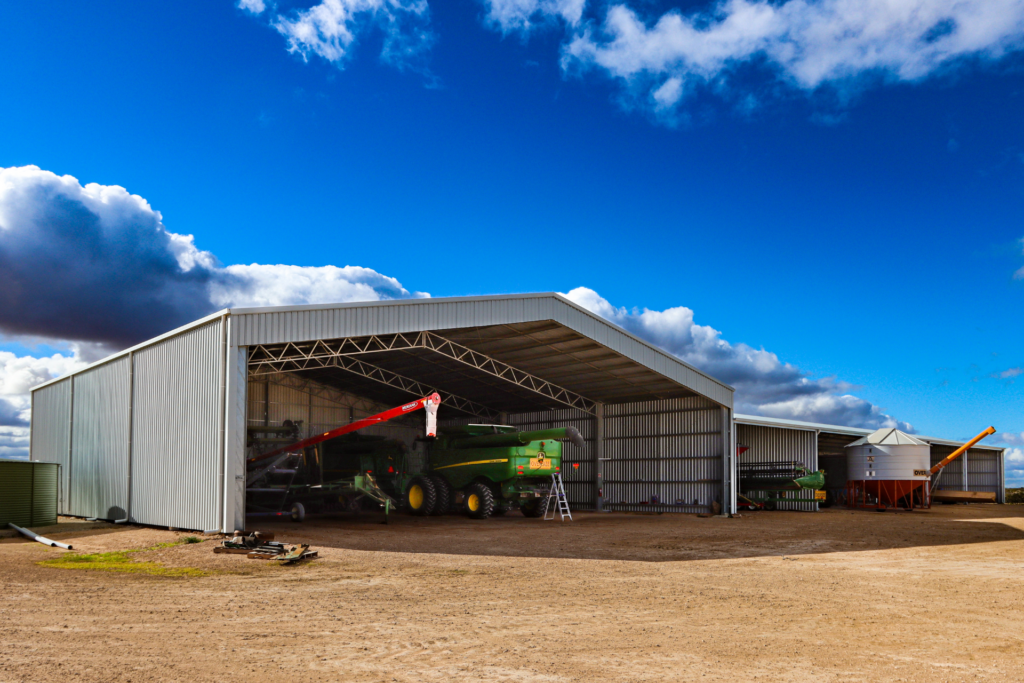
Advantages Of A Straight Gable Roof Design
Here are the main advantages of the straight gable design:
- It is the most cost-effective roof design, and our customers can take full advantage of this with our wide range of standard span sizes.
- Being a traditional design, it allows new shed infrastructure to be easily built alongside existing infrastructure – and look good at the same time!
- It is the most versatile design option as it can be effectively used for all farm shed projects, from shearing sheds and grain sheds to covering feedlots.
- The design is simple and straightforward for our team to manufacture, hot dip galvanize and install. This helps prevent projects from being delayed and helps reduce project costs.
Disadvantages of A Straight Gable Roof Design
Not only does a standard straight gable roof have plenty of benefits for farm shed projects, but it also has no real disadvantages either!
The Verdict: Which Is Best?
Listing out the advantages and disadvantages is a helpful way to establish which shed roof design would be the best fit for your project.
It is certainly hard to go past the option with no disadvantages: the standard straight gable roof design.
Having said that if you prefer the visual appearance of a curved roof design and can justify the additional expenditure (for no additional benefit), then a curved roof may be the choice for you.
We hope this article has given you food for thought for your shed roof design!
You may also find these articles helpful:
- How To Customise Your Machinery Shed Design
- What Is The Best Calf Shed Design?
- How Much Does It Cost To Build A Feedlot Cover?
- How Much Does It Cost To Build A Feed Pad Cover?
- Featured Project – 30 Metre Span Lamb Feedlot Cover
For more articles like this, browse our Learning Hub. Or to discuss your project, give our friendly team a call or REQUEST A QUOTE.

